Roman Art and Archaeology: Week 2
5.0(2)
5.0(2)
Card Sorting
1/29
Earn XP
Description and Tags
Study Analytics
Name | Mastery | Learn | Test | Matching | Spaced |
|---|
No study sessions yet.
30 Terms
1
New cards
Archaic (period)
when language starts being written down (600-480 BCE)
2
New cards
Wheel-thrown
a style of ceramics in which wheel technology is used to make pottery
3
New cards
Hand-built
a style of ceramics in which all pottery is formed hand with no technological help
4
New cards
literacy
TBD
5
New cards
Magna Graecia
The area where the Greeks colonized (“Big Greece”)
6
New cards
Poseidonia/Paestum
a city rich with Greek art and archaeology that the Etruscans pull from
7
New cards
symposium
a cultural ritual/gathering of Greek men with poetry performances and lots of drinking
8
New cards
Cerveteri / Caere / Xaisre
a specific city state with large tumuli
9
New cards
Pyrgi
harbor of Cerveteri
10
New cards
Tumulus
a huge earth covered mound that houses the remains of wealthy members of society in elaborate tomb rooms
11
New cards
Regolini-Galassi tomb
huge, and I mean huge, tumulus from 650 BCE with three burial chambers
12
New cards
granulation
a method of gold decoration that creates a motif made up of tiny dots
13
New cards
repousee
a method of gold decoration that utilizes punching/pounding on the gold
14
New cards
filigree
a method of gold decoration that uses threads of gold to create a pattern
15
New cards
Tarquinia / Tarxuna
the very wealthy harbor town of Graviscae; hometown of Tarquinius Priscus (5th king of Rome); known for tomb paintings
16
New cards
Phersu
a demonic mask-wearer associated with death and the afterlife
17
New cards
Demaratus of Corinth
a legend of a man named Demaratus invented by the Romans; artist man came from Corinth and taught Etruscans about art and founded Tarquinia
18
New cards
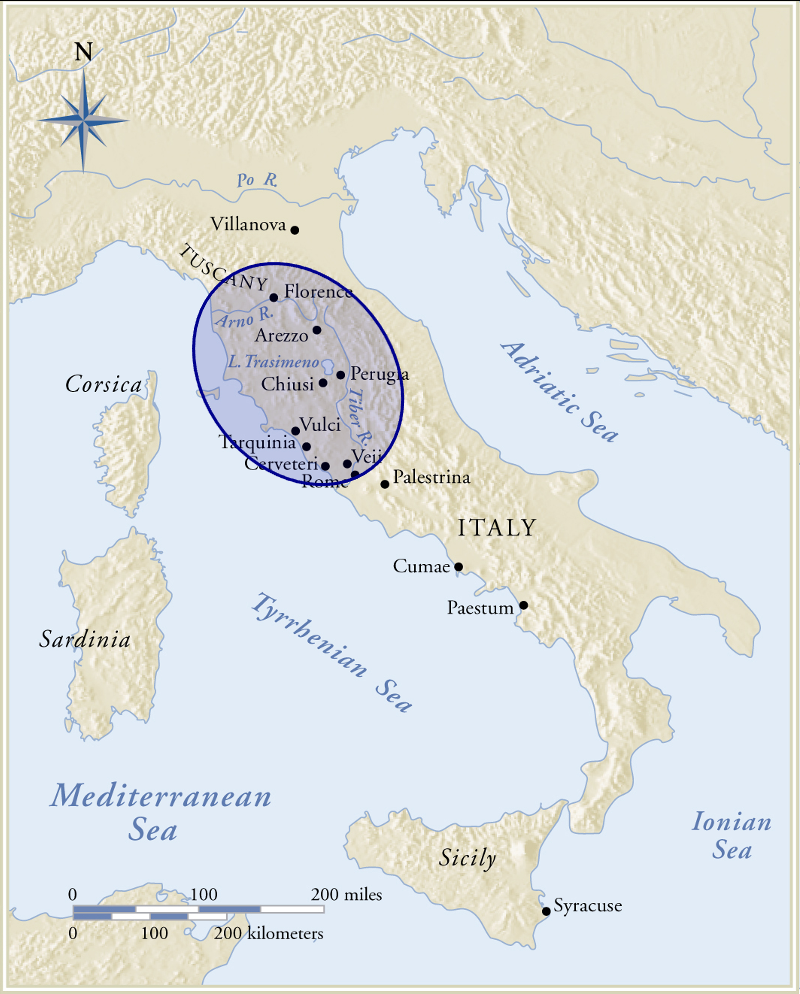
Rasna/Rasenna (Greek and Etruscan sites in italy)
19
New cards
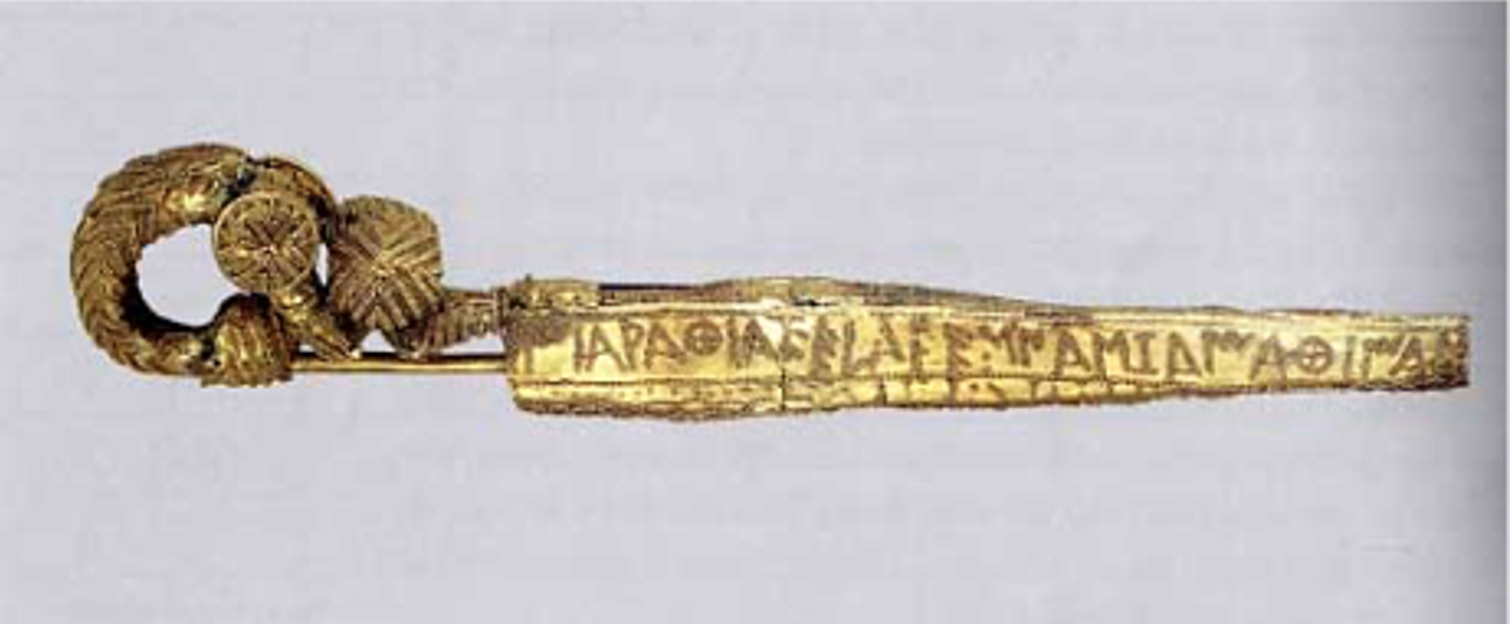
Fibula, Castellucio di Pienza
ca. 625, gold, inscription in granulation
ca. 625, gold, inscription in granulation
20
New cards

**Fig. 1-7** Banqueters, north wall and cover slab, Tomb of the Diver, Tempa del Prete necropolis, Paestum, ca. 480–470 bce
21
New cards
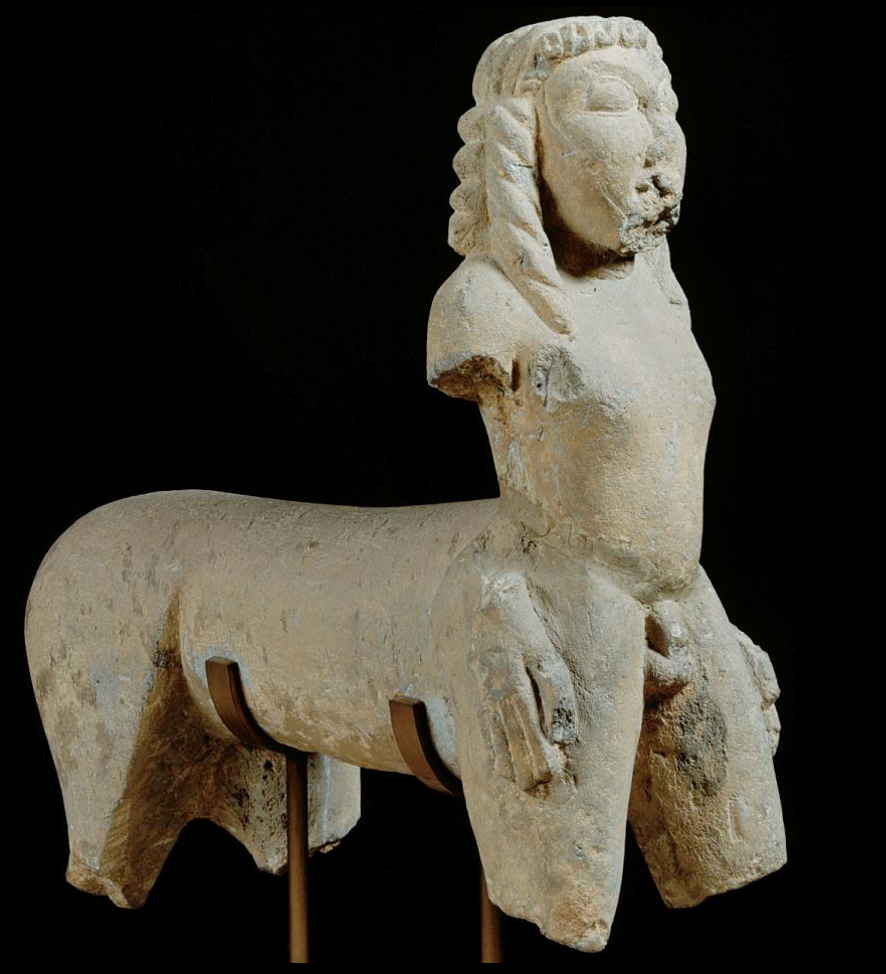
**Fig. 1-12** Statue of a centaur, from Vulci, ca. 590 bce. \n Nenfro, 2′ 6 1/2″ high
22
New cards
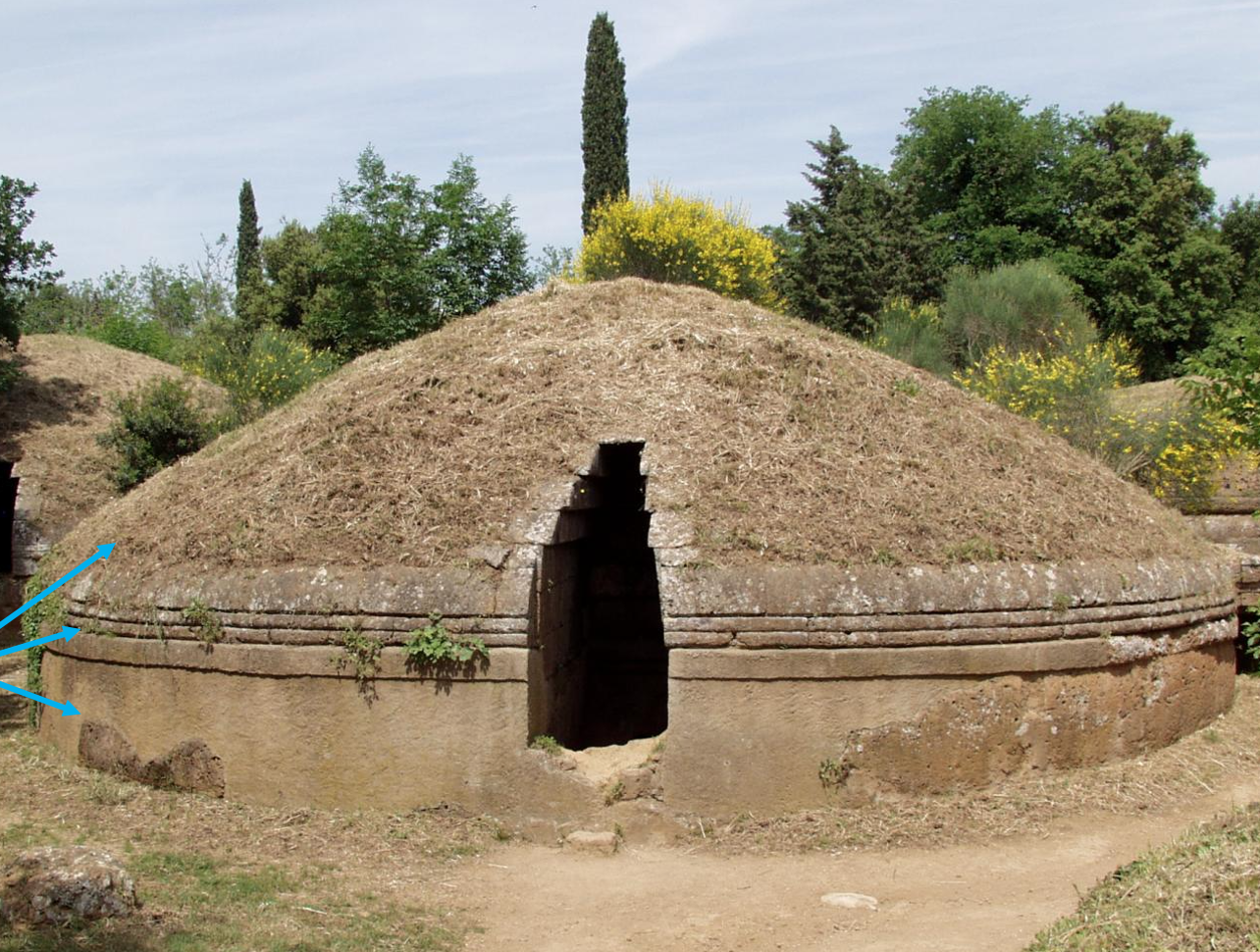
**Fig. 1-1A** Tumulus in the Banditaccia necropolis, Cerveteri, seventh to second centuries bce.
23
New cards
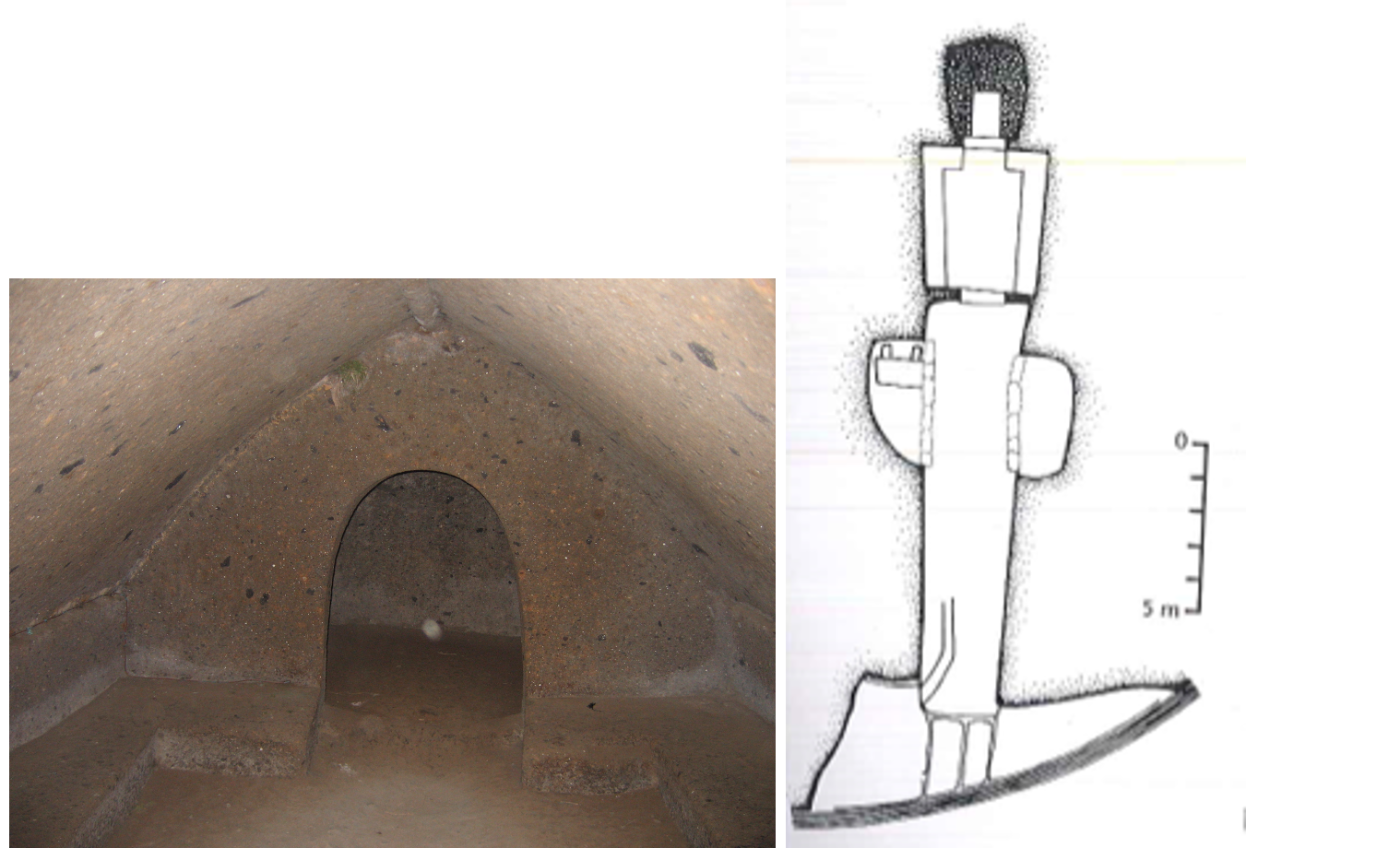
Tomb of the Hut, Cerveteri/Caere,
ca. 650-600, stone and earthen mound
ca. 650-600, stone and earthen mound
24
New cards
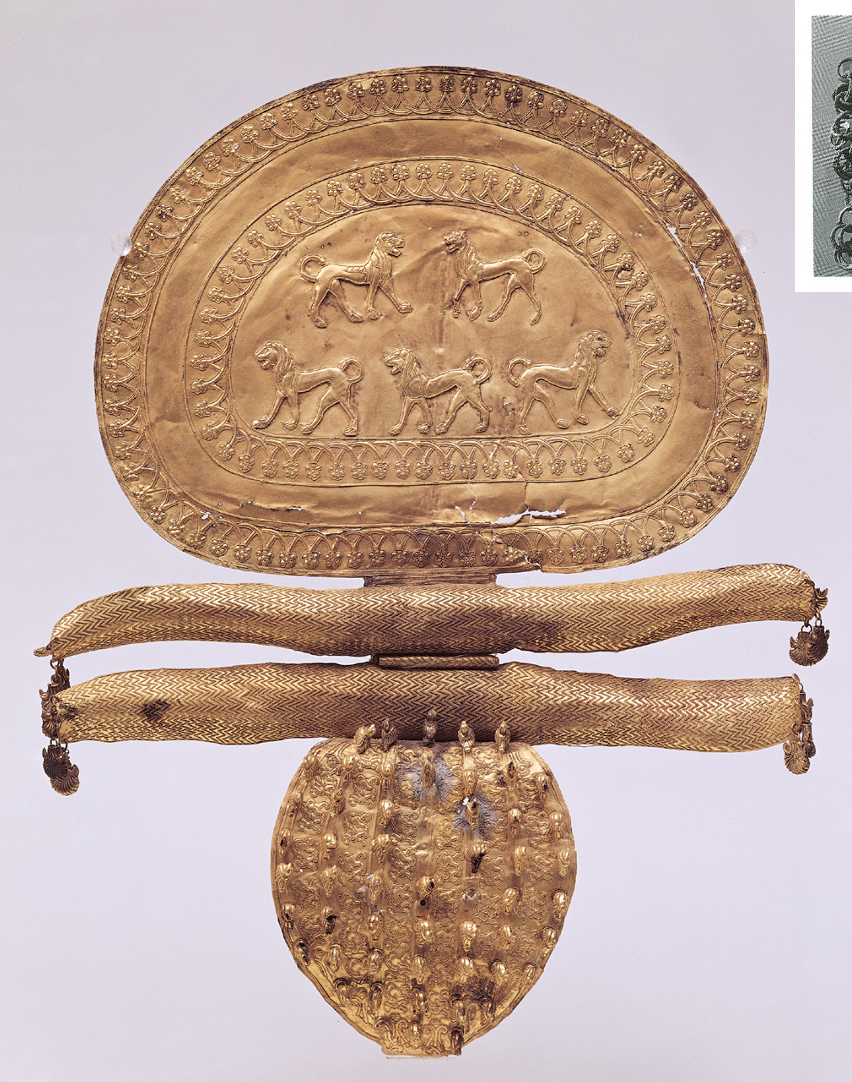
**Fig. 1-11** Disk fibula with Orientalizing lions, from the Regolini-Galassi Tomb, Sorbo necropolis, Cerveteri, ca. 650 bce. Gold
25
New cards
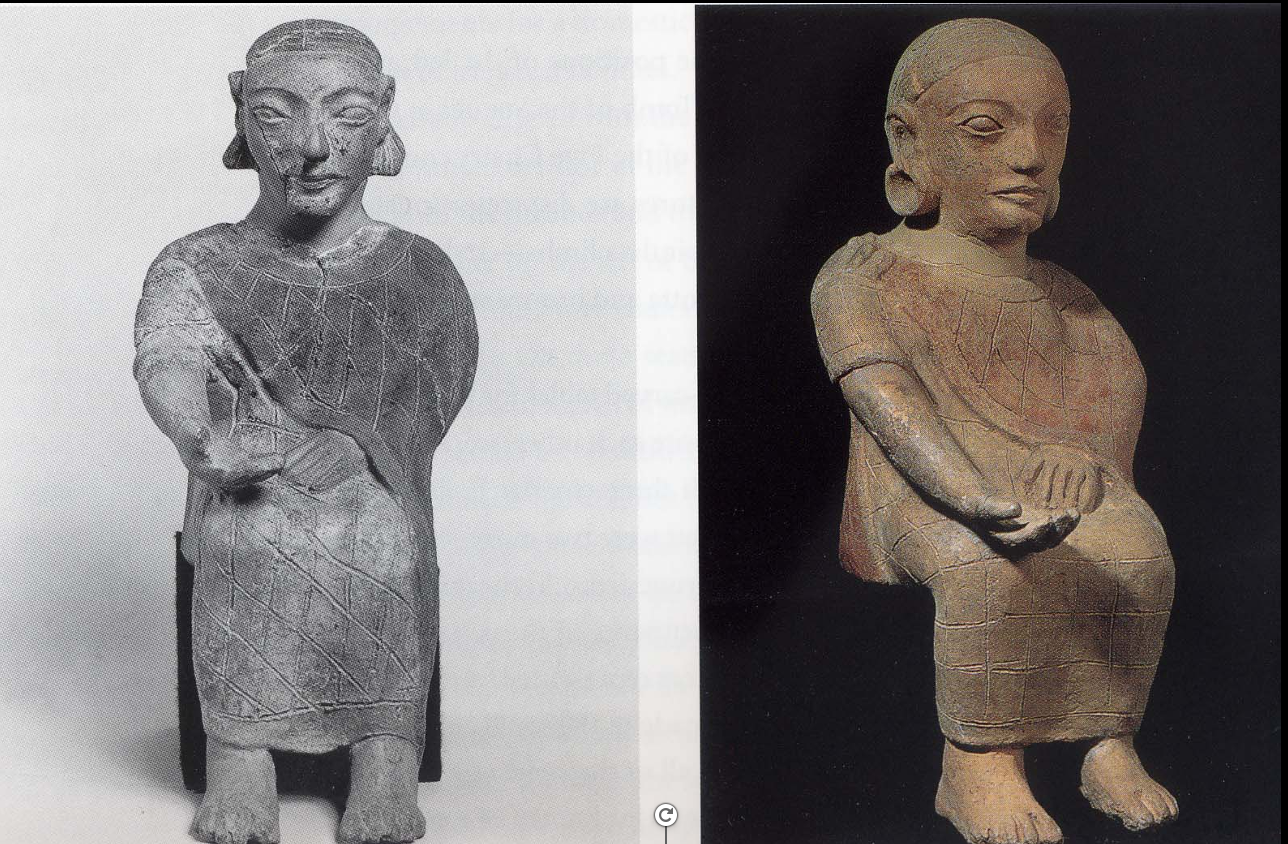
Tomb of the Five Chairs, Cerveteri/Caere
“Castellani” terracotta statuettes, ca. 50 cm.
ca. 650-600
“Castellani” terracotta statuettes, ca. 50 cm.
ca. 650-600
26
New cards

sarcophagus with reclining couple, from the Banditaccia necropolis, Cerveteri, ca. 520 bce. Painted terracotta
27
New cards

Fig 1-20 Model of a typical Etruscan temple of the sixth century bce as described by Vitruvius.
28
New cards
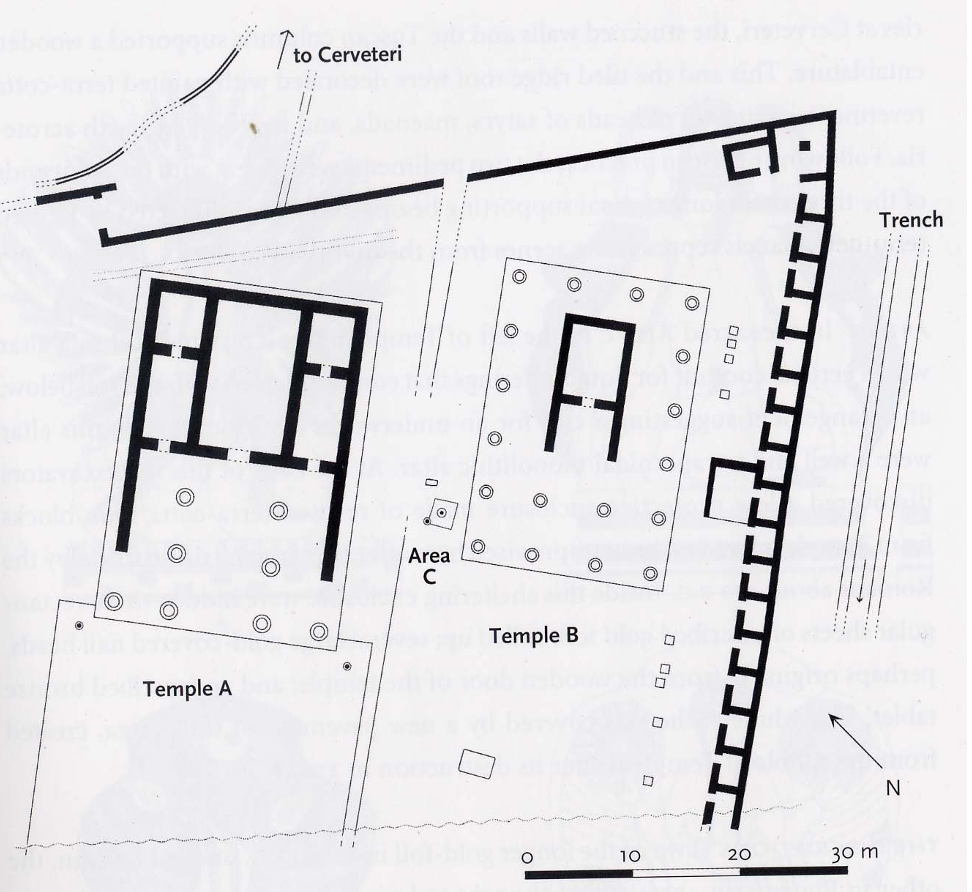
Plan of the sanctuary at Pyrgi. Temple B (510 BCE); Temple A (470) BCE; Area C
29
New cards
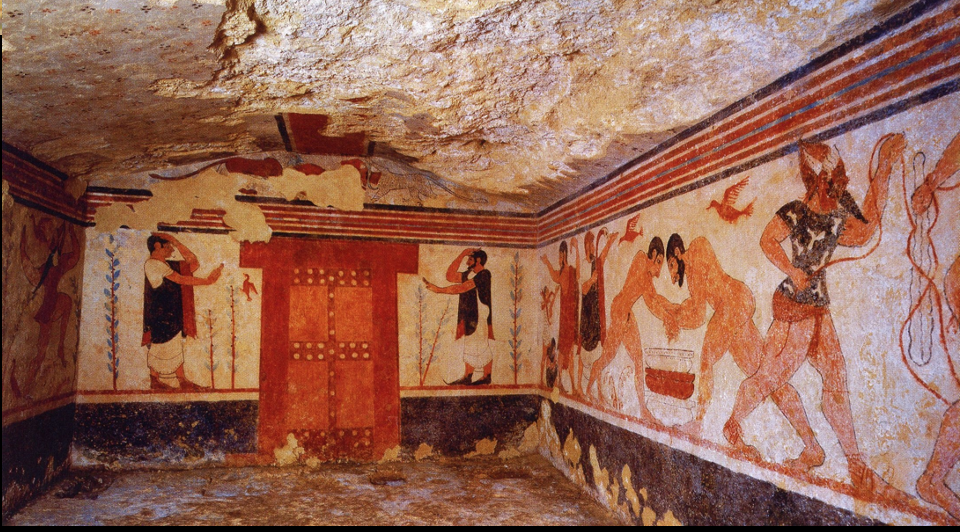
Fig. 1-16 Interior of the Tomb of the Augurs, Monterozzi necropolis, Tarquinia, ca. 520 BCE, fresco / painted stone
30
New cards
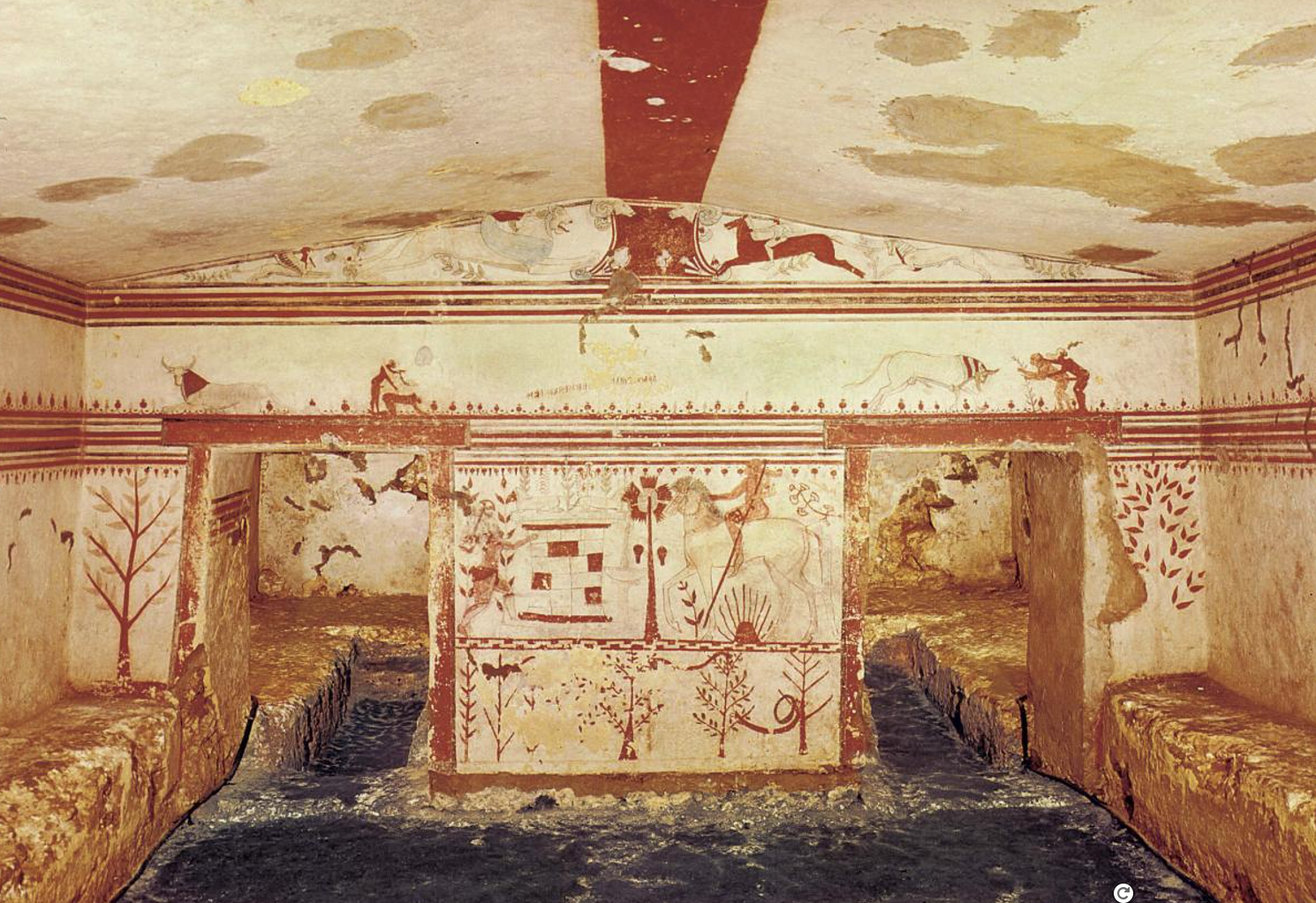
Fig. 1-15 Interior of the Tomb of the Bulls, Monterozzi necropolis, Tarquinia, ca. 530 BCE, fresco / painted stone